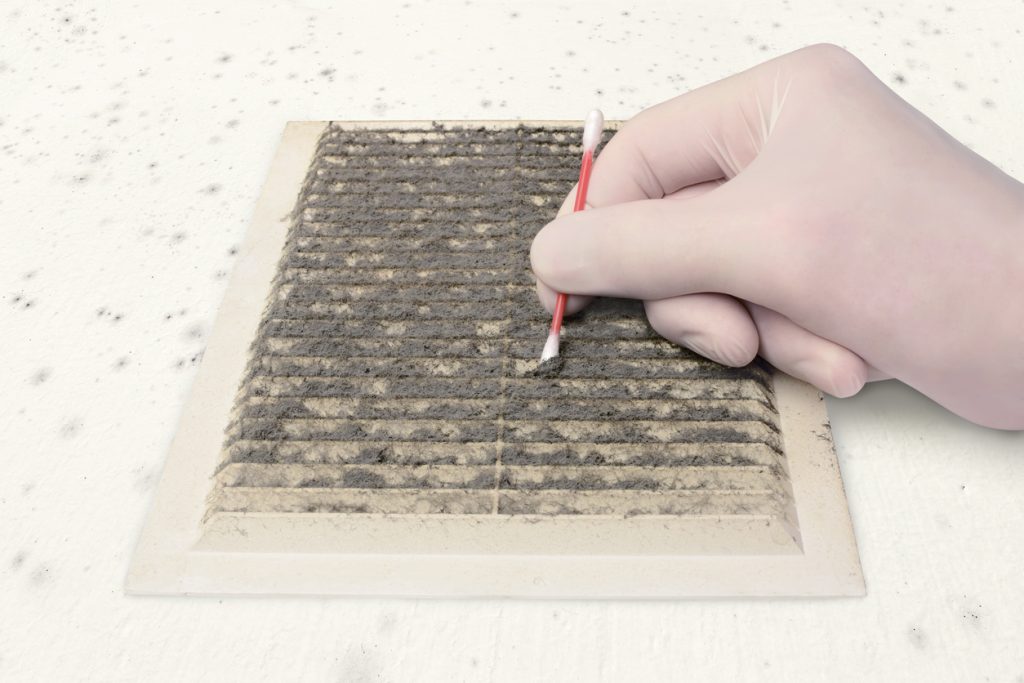The physical symptoms that tell you your indoor air quality is unhealthy range from subtle to life-threatening. You may find yourself sneezing and red-eyed from indoor pollen or dizzy from carbon monoxide. Radon, a colorless and odorless gas that rises naturally from bedrock into your house, is a cause of lung cancer even in people who don’t smoke. Here are some signs that your indoor air is bad.
Symptoms of a Cold
Poor indoor air quality can cause symptoms that resemble the common cold. These symptoms are caused by pollen, dust, and pathogens contaminating your air. You may notice your nose running or your eyes itching. You might also be sneezing and coughing. You may feel tired and dizzy. Yet, when you go outside or to a space with cleaner air, your symptoms disappear.
Symptoms of Asthma
Poor quality indoor air can cause symptoms in a person who is asthmatic. More serious than the symptoms of a common cold, asthma symptoms include difficulty breathing, wheezing as airways are narrowed by mucus, and a feeling of tightness in the chest. The symptoms may be so severe that you or the person in your household needs to be hospitalized. Ironically, an asthma attack can be triggered by ozone, which some systems use to purify the air.
Heart Disease
Heart disease is one of the more serious consequences of poor-quality indoor air. In extreme cases, indoor pollutants can cause dangerous blood clots and disrupt how your veins and arteries carry your blood around your body. Chemicals such as carbon monoxide and ozone can even affect the heart’s electrical system, which puts you at risk of a heart attack or heart failure.
Chronic Obstructive Pulmonary Disease
Another malady caused by bad indoor air is chronic obstructive pulmonary disease (COPD). The early symptoms of this disorder resemble asthma, and people who already have asthma are at higher risk for developing COPD. As the disease progresses, you may also experience fatigue, weight loss, respiratory system infections, and edema of your feet and legs.
Lung Cancer
Radon isn’t the only indoor pollutant that can lead to lung cancer. You are also at risk if your indoor air is full of volatile organic compounds (VOCs) such as formaldehyde, toluene, and methylene chloride. A home whose air is full of secondhand smoke also raises the risk of lung cancer. Symptoms of lung cancer include wheezing, chest pain, weight loss, coughing that won’t stop, coughing up blood, and pain in your shoulder or arm.
Learn More About the Air in Your Home
You don’t have to live with air that is so unhealthy that it makes you and the members of your household sick. Our HVAC professionals would like to help improve your indoor air quality, so don’t hesitate to call our professionals at Cover HVAC of College Station, Texas.




